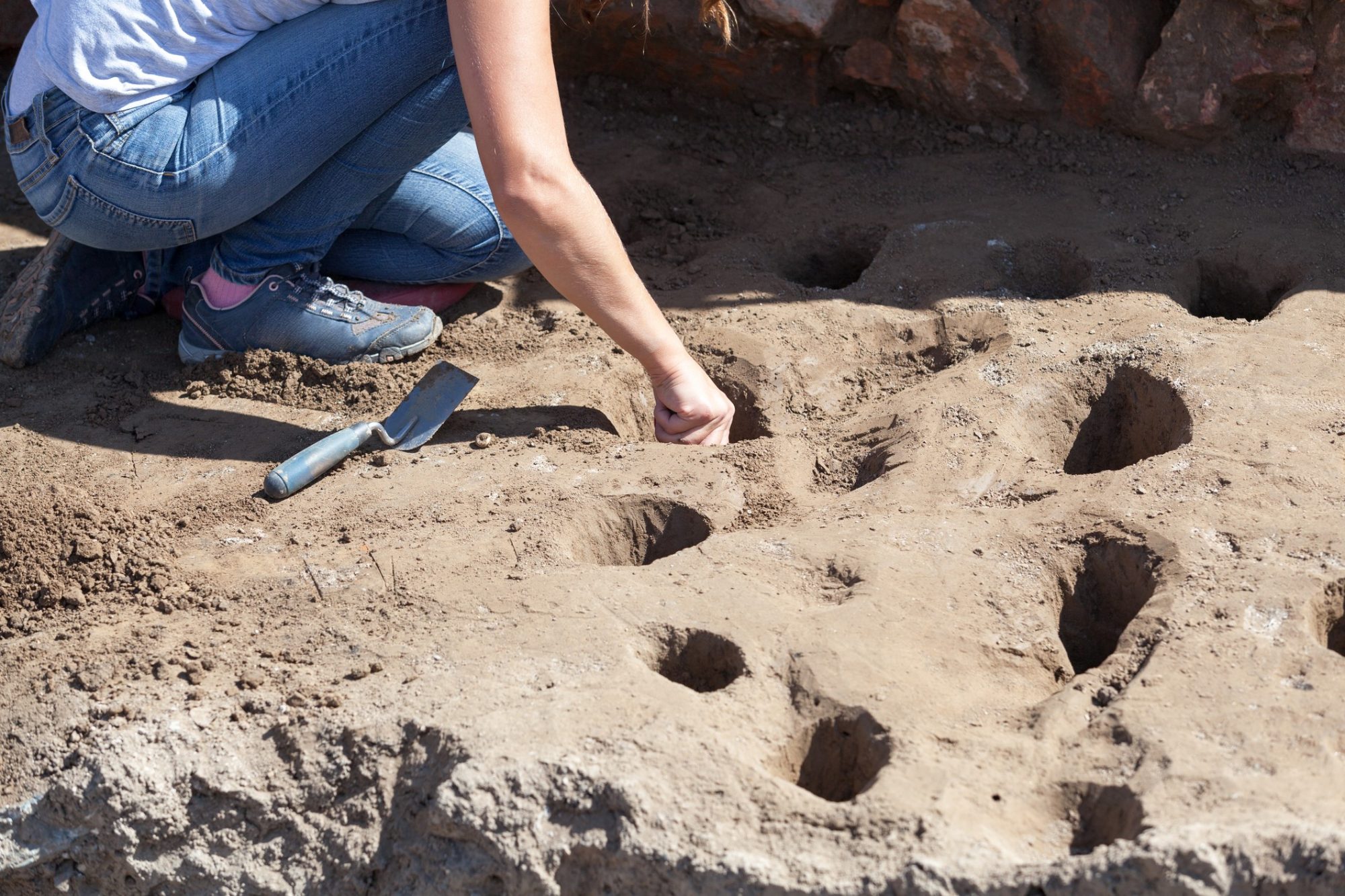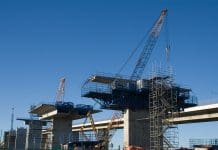Dr Mike Heyworth, Director of the Council for British Archaeology, details the vital contribution of expert archaeological advice to guide planning authorities.
Rarely a week goes by without national media reports of another important archaeological discovery somewhere in Britain. Recently, we have seen huge worldwide interest in the discovery by archaeologists working in Leicester of the body of
Richard III, and finds like the Staffordshire Hoard are attractive to the media because of the public interest and enthusiasm for our history and heritage, both at home and abroad.
In recent years, TV programmes like ‘Time Team’ and ‘Meet the Ancestors’ have helped to popularise archaeology, and, as a result, far more people have a broad understanding of the work of archaeologists, and the ways in which anyone can get involved in archaeological research. We still have so much to learn about the lives of our ancestors, and archaeology is a quest for knowledge to which everyone can contribute. What is less well known to the general public is the vital role that expert archaeology advisors supporting local government planners play in this quest for knowledge. Whilst many nationally important archaeological sites in the UK are protected by law as ‘Scheduled Ancient Monuments’ and ‘Listed Buildings’, the vast majority of our archaeological sites are only protected through the planning system. When a new development is proposed, at whatever scale, it is crucial that planning authorities are well advised by archaeologists, otherwise sites and crucial evidence can be lost forever to the bulldozer.
This is not just in the public interest, but it is also strongly in the interests of the developers too. The last thing that any developer wants, particularly at a time when profit margins are reduced, is unexpected costs and delays. It is therefore in everyone’s interests that archaeological work is commissioned in advance of the development, funded by the developer under the ‘polluter pays’ principle. This allows any important archaeological evidence to be recovered in an appropriate manner, without any cost to the public, and ensures that risks are significantly reduced for developers.
Historic Environment Records (HERs)
The bedrock of any archaeology service advising planners is the HER, which should be a comprehensive, accessible and authoritative database of the historic environment of the area. This is not just a tool to inform planning and decision-making, but it is also a resource for communities engaged in neighbourhood planning, as well as providing information for the management and understanding of the archaeological heritage. It is a dynamic resource that needs to be continuously managed and updated to reflect new discoveries, investigations, interpretations and changes in understanding. Across England, there are over 1.5 million archaeological sites recorded in 87 HERs, with newly discovered sites being added at a rate of 2-5% per year. Some 75% of the HERs are accessible online, many via the Heritage Gateway.1
Expert advice
HERs are managed and developed by archaeologists, who form part of the service available to local authority planning services. These expert advisors not only comment on individual planning applications, but also give strategic advice on development and
local plans to ensure that national planning guidance is interpreted correctly to sustain and enhance the significance and setting of local heritage ‘assets’. This can include triggering and potentially reviewing environmental impact assessments, or managing the archaeological implications of major infrastructure development.
Archaeologists work closely with developers and their agents to ensure that planned development can go ahead. It is rarely a block on development and only about 3% of the planning applications put forward each year require some form of archaeological response. Currently, this means about 5-6,000 archaeological projects are undertaken nationally across England (with more undertaken across the UK through similar approaches in Scotland, Wales and Northern Ireland).
This work is funded by developers and makes an important on-going contribution to public understanding and appreciation of the past. It is very rare indeed for planning applications to be refused due in any way to archaeology, with less than 150 applications per year being impacted in this way (out of over 400,000 applications currently decided each year).
Potential impact of funding reductions
It is clear that for a very modest public investment in expert archaeological advice given to planning authorities, not only is there enormous public benefit delivered through gains in the understanding of our archaeological heritage, but this is principally delivered by bringing in private funding for the archaeological work.
This investment and private funding, as well as the archaeological knowledge and the public benefit that it delivers, is all put at risk if cutbacks in public sector funding impact on the level of the expert advice that local authorities need. Since 2008, there has already been an 18% fall in staffing numbers within local authority archaeology services – from 400 to 330 – and the rate of decrease continues.
There are dangers that if this decline continues, and if we start to see large numbers of planning applications agreed without any provision for potential archaeological investigation or other protection measures, we could lose forever unique assets, irreplaceable information about our past, and the opportunities to use the distinctive local historic environment of an area to create and enhance special places.
In this type of scenario, there are also major risks both for planning authorities and developers. These include risks that developments go ahead that may be unsustainable in terms of national planning policy and are thereby damaging to the reputation of planning authorities. They also include risks that developers are inadvertently exposed to delays and extra costs if important archaeological remains are found during the course of construction work – especially if these include human remains or nationally important archaeological sites.
Protecting heritage protection
The concerns of the archaeological sector would be reduced if there was a statutory requirement for all local authorities to have access to a HER service, supported by expert staff that is:
- Accessible to the public;
- Kept up to date and maintained to an appropriate standard as determined by the government;
- Covers all elements of the historic environment, whether visible, buried or submerged;
- Is sufficient to enable plan-making and development decisions to be undertaken in a way that takes informed due account of the historic environment.
In the meantime, we need government to give clear guidance on its expectations of local planning authorities in the implementation of the National Planning Policy Framework.
It is only through a continuation of the key role of expert archaeological advice to planning authorities that we can ensure the public interest in our archaeological heritage is supported and enhanced. Without this advice, we will see damage and destruction of archaeological remains, which is in no-one’s interest.
Dr Mike Heyworth MBE
Director
Council for British Archaeology
Tel: +44 (0)1904 671417
www.archaeologyuk.org















